Proteases
Proteases, also known as peptidases or proteolytic enzymes, consists of a large number of enzymes catalyzing the hydrolysis of peptide bonds and subsequently resulting in the degradation of protein substrates into amino acids. Proteases are involved in a wide range of human diseases, including cancer, neurodegenerative disorders, inflammatory diseases and cardiovascular diseases. Thus numerous proteases inhibitors (small molecules and proteins) have been identified to block activity of proteases. Proteases inhibitors can be classified into different types based on the class of proteases they inhibit through two general mechanisms, irreversible “trapping” reactions and reversible tight-binding reactions. Proteases inhibitors have been used as diagnostic or therapeutic agents for the treatment of proteases-related diseases.
-
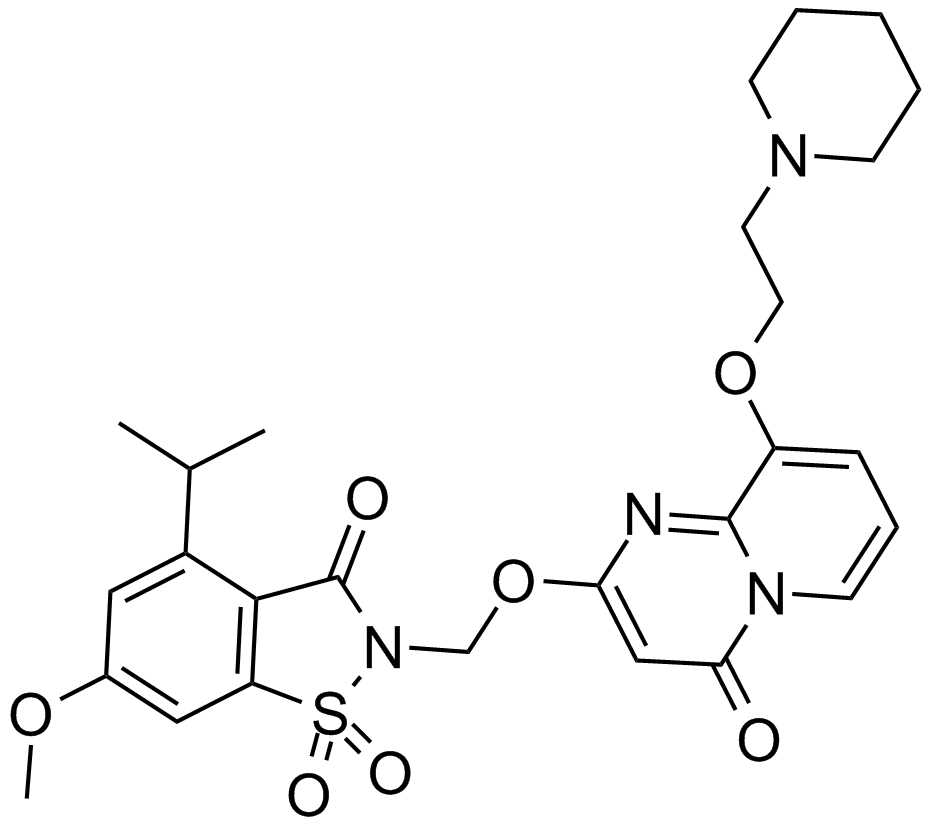 A4431 SSR 69071Summary: HLE inhibitor
A4431 SSR 69071Summary: HLE inhibitor -
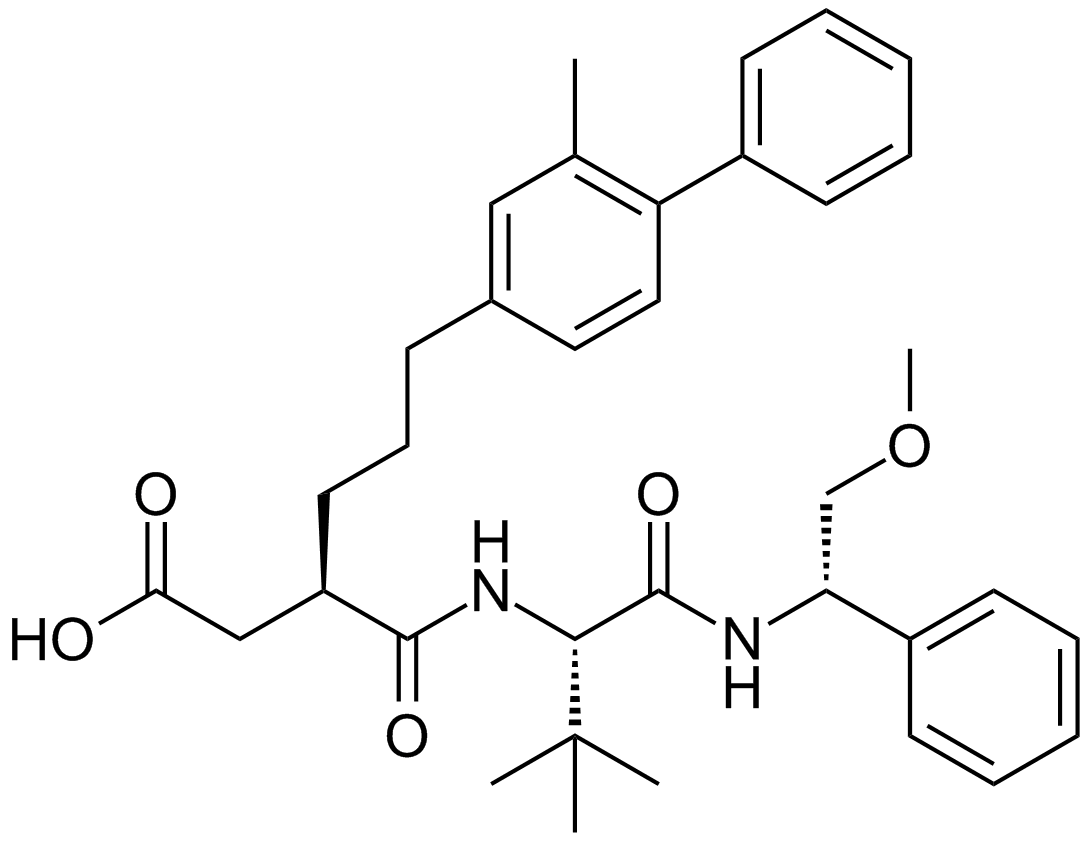 A4441 UK 3701061 CitationSummary: MMP-3/MMP-12 Inhiibitor,highly selective
A4441 UK 3701061 CitationSummary: MMP-3/MMP-12 Inhiibitor,highly selective -
 A4442 WAY 170523Target: MMPSummary: MMP-13 inhibitor,potent and selective
A4442 WAY 170523Target: MMPSummary: MMP-13 inhibitor,potent and selective -
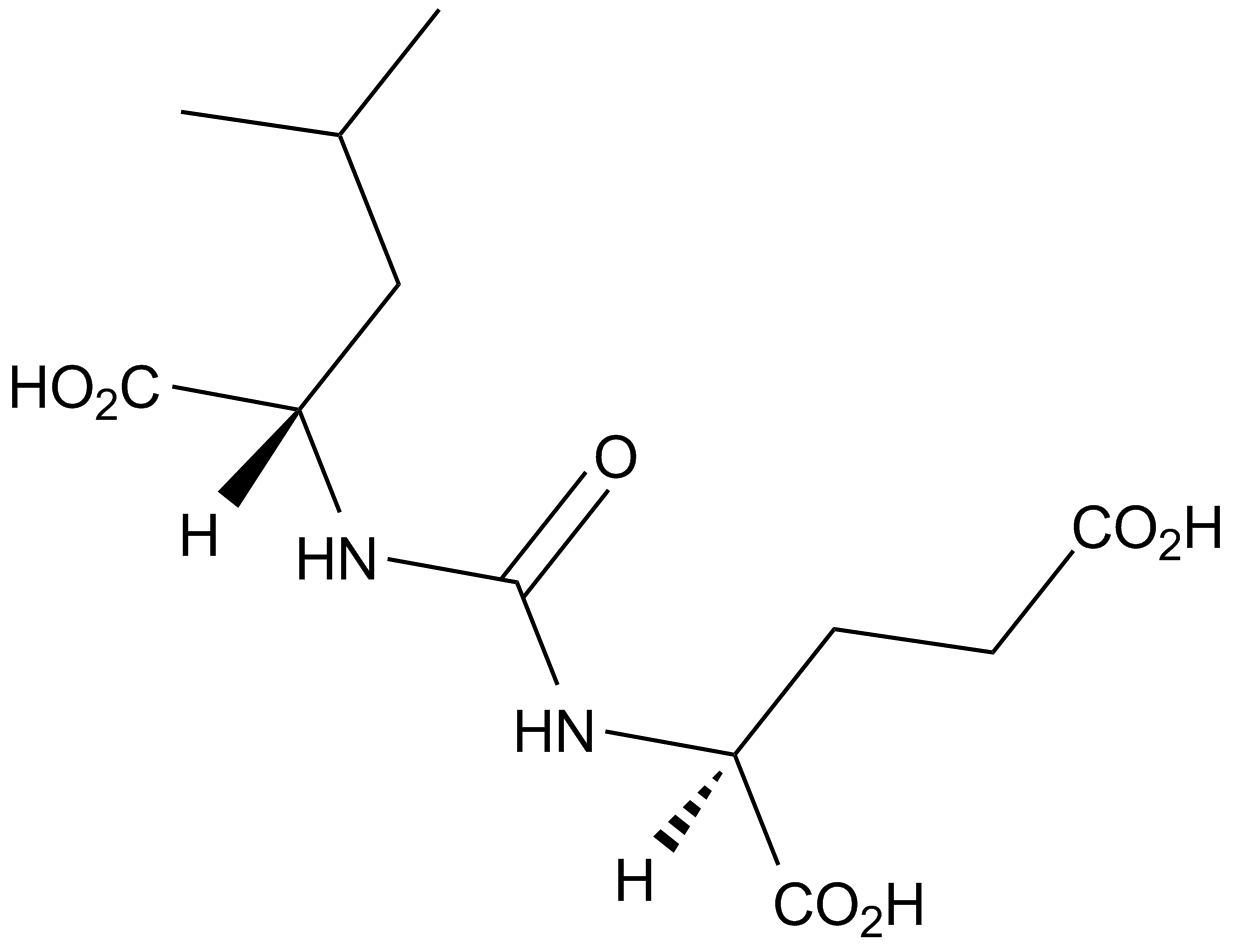 A4415 ZJ 43Summary: GCP II and III/NAAG peptidase/NAALADase inhibitor
A4415 ZJ 43Summary: GCP II and III/NAAG peptidase/NAALADase inhibitor -
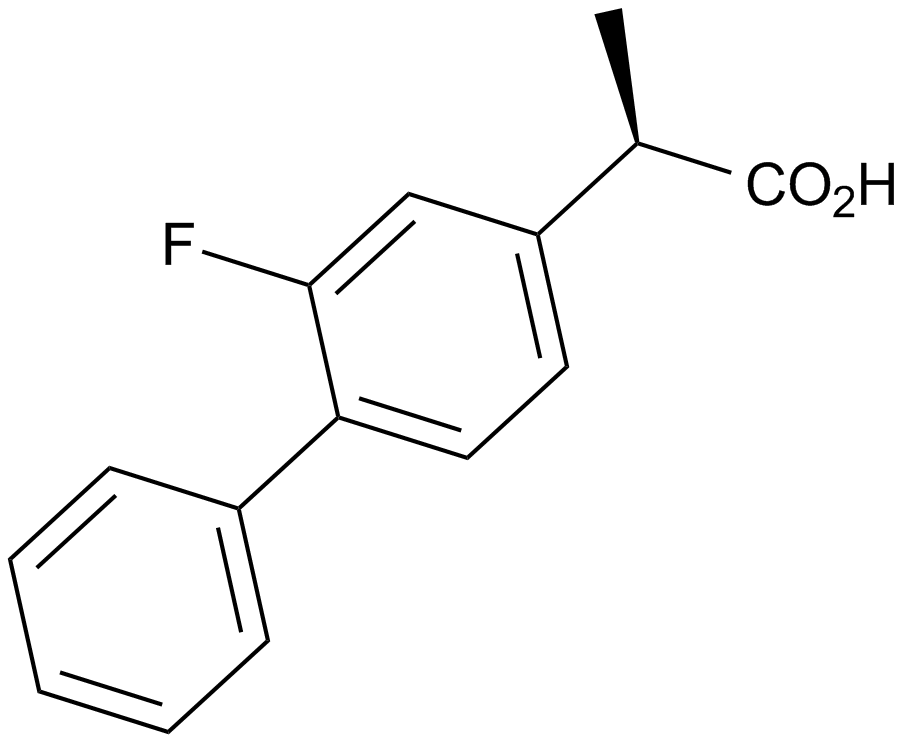 A4402 FlurizanSummary: NSAID,inhibits γ-secretase activity
A4402 FlurizanSummary: NSAID,inhibits γ-secretase activity -
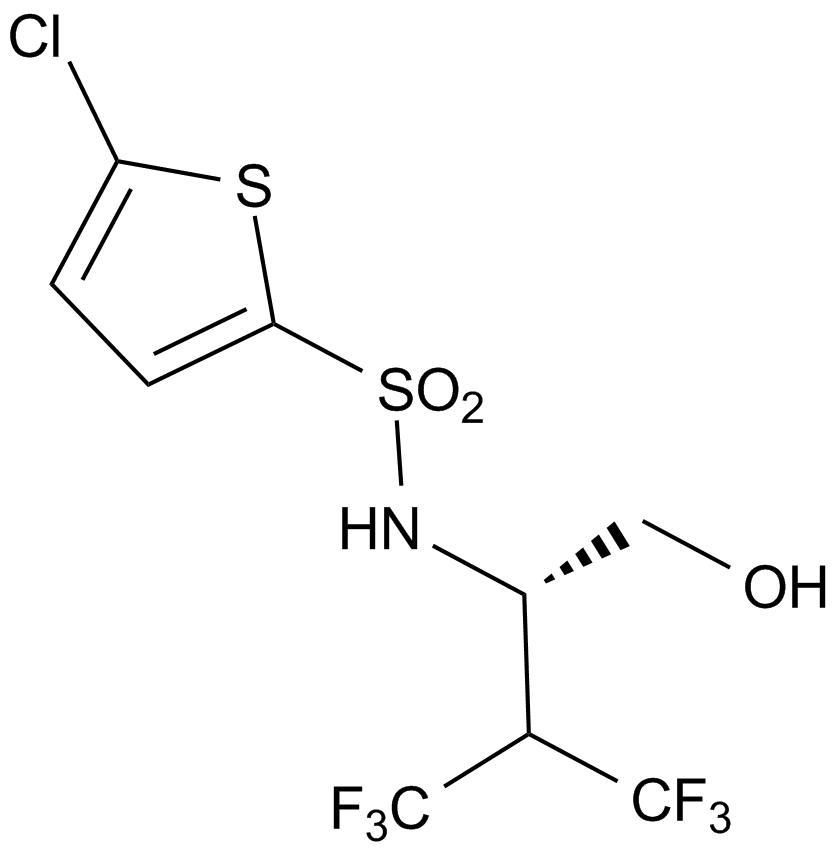 A4406 BegacestatSummary: γ-secretase inhibitor
A4406 BegacestatSummary: γ-secretase inhibitor -
 A4418 Ac-IEPD-AFCSummary: Recognition motif for serine protease granzyme B
A4418 Ac-IEPD-AFCSummary: Recognition motif for serine protease granzyme B -
 A4427 NVP DPP 728 dihydrochlorideSummary: DPP-IV inhibitor
A4427 NVP DPP 728 dihydrochlorideSummary: DPP-IV inhibitor -
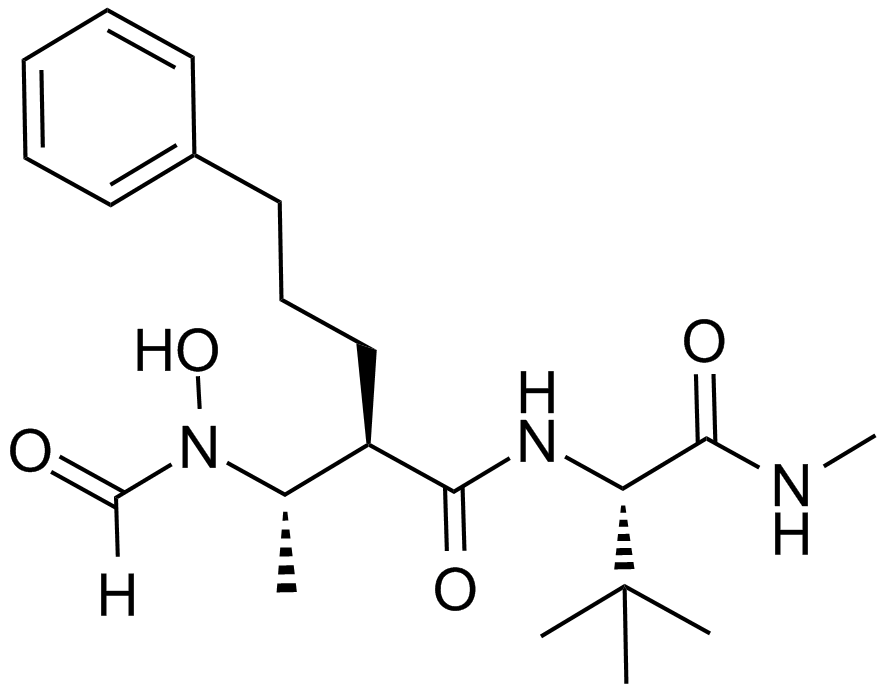 A4436 GI 254023X2 CitationTarget: ADAMsSummary: Selective inhibitor of ADAM10 metalloprotease
A4436 GI 254023X2 CitationTarget: ADAMsSummary: Selective inhibitor of ADAM10 metalloprotease -
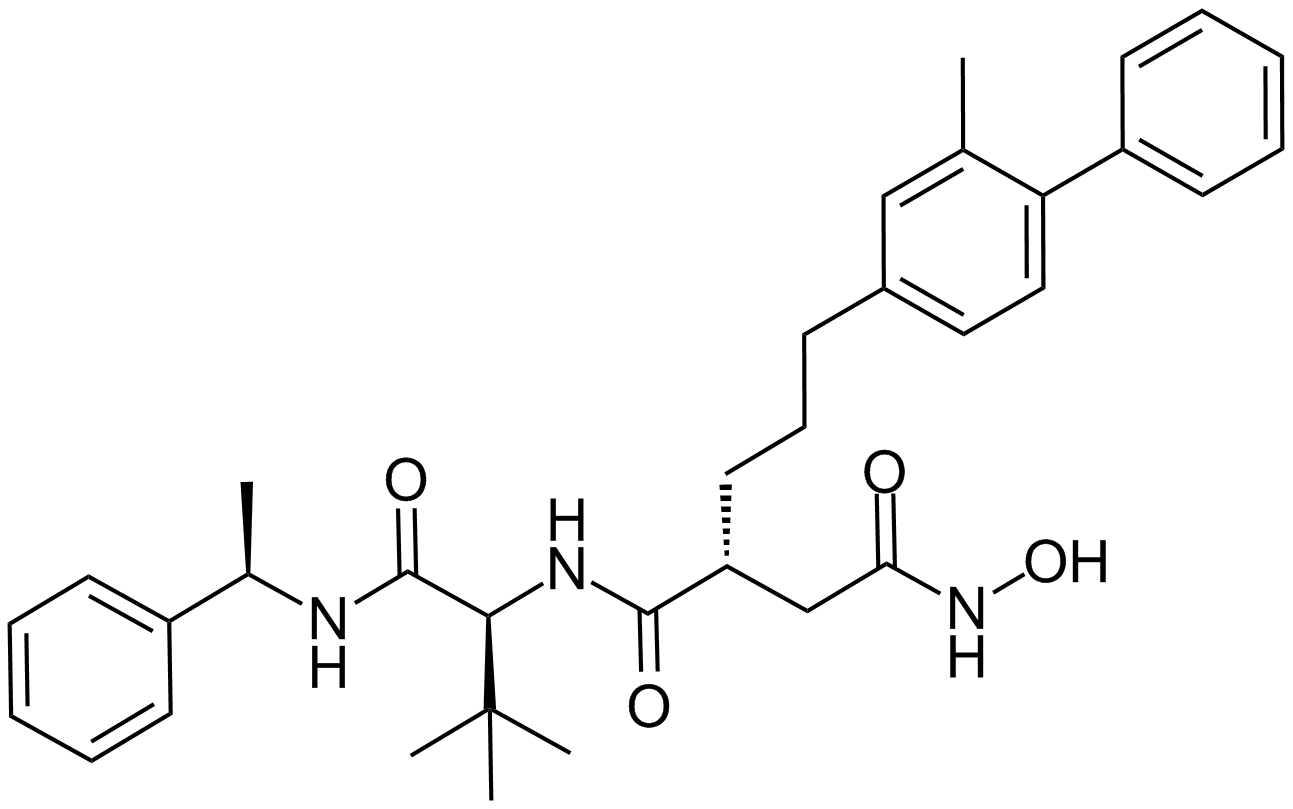 A4440 UK 356618Summary: MMP-3 inhibitor,potent and selective
A4440 UK 356618Summary: MMP-3 inhibitor,potent and selective

